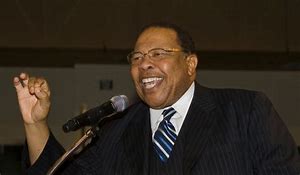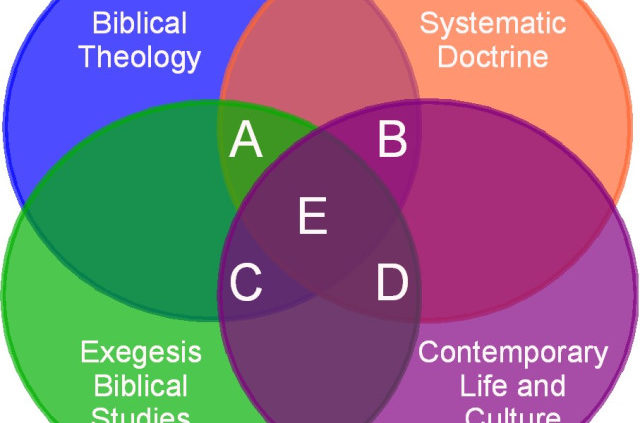What Kind of Preacher Are You?
What Kind of Preacher Are You?
What kind of preacher area you? That’s a question that has many possible answers, I suspect. Let me give you some context for the question.
I had a friend who was a pastor in a largely African-American Church. Once, as we met for coffee, he made this offer to me: “If you ever need a pulpit, you are welcome to come to me.” I needed a little bit of translation, since this phrase was new to me, and so he explained that if I wanted to preach in his church, I was welcome any time. “However,” he went on, “if you come to my church you have to wear a black, wool suit.”
“Why a black, wool suit?” I asked

African-American Preacher
“Because in my tradition, people believe that you really aren’t preaching until you sweat. And the black, wool suit helps.” In other words, the style of preaching in his church was highly physical, with grand gestures and movement around the stage until you sweat. I thought at the time, “That’s not my style.”
Kinds Of Preachers
I’ve been reflecting on that lately as the result of reading a book by Harry Farro called, The Sermon Doctor. He has what he calls “The Homiletical Grid”. Where you fit on this grid in your normal style of preaching will answer the question, “What kind of preacher are you in your church?” Here’s an image of the grid.
Your usual style of preaching will fall somewhere on this grid. Note, first of all, the axis definitions. There is a contrast between teaching and preaching. Earlier in this blog I defined the difference between preaching and teaching. But Farro gives a slightly different definition to these aspects of sermonizing. Here is his definition, contrasting the two:
The Teaching Mode
“A teaching mode…tends to work in the past, stressing the long-ago in terms of what happened to Adam–or Abraham–or Abimelech. The teacher often uses the past tense and the third person, with imparting biblical information as a prime goal. The teaching mode does not always lend itself well to drawing parallels with contemporary life.”
The Preaching Mode
 “On the other hand…the preaching mode deals with the here-and-now. Here, the present and future tenses are dominant, and the preacher speaks in terms of ‘you’ or ‘us.’ The thrust of preaching is to apply the gospel to today’s problems, relationships, and circumstances. Whereas pure teaching involves ‘biblical-analysis materials,’ pure preaching involves ‘contemporary life materials’ and applications to daily situations based on a thorough understanding of the passage in its context.” (The Sermon Doctor, p. 56)
“On the other hand…the preaching mode deals with the here-and-now. Here, the present and future tenses are dominant, and the preacher speaks in terms of ‘you’ or ‘us.’ The thrust of preaching is to apply the gospel to today’s problems, relationships, and circumstances. Whereas pure teaching involves ‘biblical-analysis materials,’ pure preaching involves ‘contemporary life materials’ and applications to daily situations based on a thorough understanding of the passage in its context.” (The Sermon Doctor, p. 56)
First Answer
So, the first answer to the question, “What Kind of Preacher Are You” would be to say whether you are primarily a teacher or a preacher. There’s a temptation here, I know. The temptation is to believe that my style is the right one, and every other person’s style is wrong, and we could argue the reasons why we believe this is so. My style is definitely on the “preaching mode” side of the grid, and I would likely fall about in the middle, with an Integrated, Biblical style. That style works for me, and it was one I was taught in seminary.
But I have a picture in my mind right now of a colleague with whom I had a discussion about this a few years ago. He probably ranked a 1,1 (Running Commentary). His process of preaching was largely going verse by verse through a book of the Bible, explaining what it meant. Too many illustrations relating the Bible passage to contemporary life, he believed, were distracting, and would limit the power of the Holy Spirit.
My African-American friend mentioned above would say that in his church, he functions as a 5,9 (Topical preacher, using the Bible to explain various topics.
In the next post we’ll explore what this means for you and your preaching a bit more. For now, think about the question in terms of this grid: “What kind of preacher are you in your context?”



